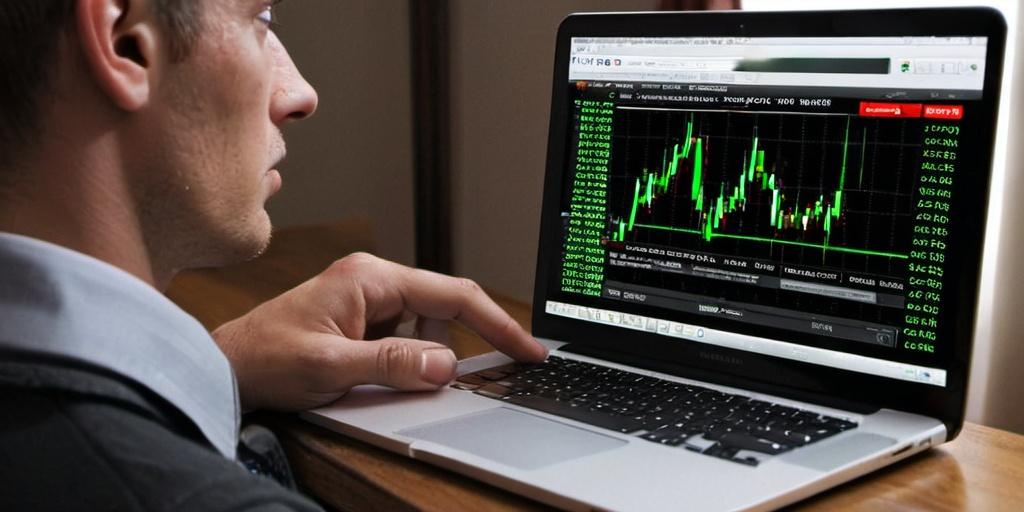The debate between free and paid binary options signals is like asking whether to use a free GPS app or pay for a premium one that promises no wrong turns. Both can get you where you’re going, but how they get you there—and whether you end up in a ditch—depends on how reliable they are, not just the price tag.
Some traders swear by free signals, claiming they’ve built entire strategies around them. Others won’t touch anything unless it comes with a paid subscription, performance history, and full transparency. The reality? Both types can work. Both can also fail miserably. What matters isn’t whether you’re paying—it’s what you’re actually getting for your time and trust.
Let’s break it down properly.

Free Binary Options Signals: What You’re Really Getting
Free signals are everywhere. Telegram groups. Reddit threads. WhatsApp broadcasts. Discord rooms. YouTube live streams. Most offer quick trade alerts like:
- “USD/JPY – CALL – 5-minute expiry – Enter now!”
That’s the entire signal. No chart. No analysis. No timing precision beyond “now.” And while some of these work—purely by chance or by simple setups—the majority are built to look good enough to build a following, then upsell or redirect you.
Why they’re free:
- You’re the product. Your sign-up, deposit, or click earns them money through broker affiliate deals.
- It’s marketing. The free group is a funnel to their paid “VIP” service.
- They want volume. More users means more broker commissions, regardless of outcomes.
Strengths of free signals:
- Zero cost to test
- Accessible instantly
- Easy entry point for new traders
- Some genuinely want to build a community
Weaknesses of free signals:
- Low accountability. If it fails, no refunds—because you paid nothing.
- No performance verification. Just screenshots and hype.
- Often missing expiry timing or entry price range.
- Many use aggressive, repetitive signals without filters.
- Cherry-picked wins are common; losses disappear quietly.
- Usually tied to a specific broker that benefits the signal provider.
Most free signal providers don’t have any skin in your game. Whether you win or lose doesn’t affect them—as long as you’re active.
Paid Binary Options Signals: When and Why to Consider Them
Paid signals are usually marketed as the “next level.” They often promise better accuracy, tighter expiry times, custom filters, fewer false signals, and higher win rates. Prices can range from $30/month to hundreds, depending on the provider, volume of signals, and whether automation is included.
The idea is simple: if they charge you, they should be more motivated to provide quality signals that keep you subscribed.
Why traders pay for signals:
- Expectation of professional-level analysis
- Structured trade delivery (exact entry, expiry, asset)
- Access to premium support or training
- Transparent history and verified performance (ideally)
- Fewer, better-filtered signals
Strengths of paid signals:
- Often include full trade logs or at least consistent tracking
- Less noise—many send fewer but higher-quality setups
- Can be matched to specific market sessions or asset classes
- You can hold them accountable (e.g., refunds, feedback loops)
- May offer automation tools or integration with trading platforms
Weaknesses of paid signals:
- Cost can eat into profits quickly
- Not all paid providers are legit—some are just polished scams
- High win rate claims still go unverified in many cases
- You’re still dependent on someone else’s trading logic
- No guarantee of consistency—markets change, and so do results
Paying for a signal doesn’t guarantee it’s good. It just means you’re now a customer, not just a user. And while that can be better, it also means you need to be 10x more critical of what you’re buying into.
Signal Quality: What Matters More Than Price
Forget free vs paid for a second. Focus on signal quality. Whether you’re getting it for nothing or paying monthly, every signal provider should be judged by the same standards:
- Clear formatting: Asset, direction, expiry, timing
- Consistent delivery: No missed sessions, no ghosting
- Realistic frequency: Not spamming 50 trades a day
- Full result logs: With wins, losses, and drawdowns
- Adaptable strategy: Can adjust to different conditions
- No martingale recommendations: If they suggest doubling down after losses, walk away
If a free signal checks all of those boxes, it’s more valuable than a paid one that doesn’t. If a paid provider hits those marks and gives you support or extra tools, then maybe they’re worth the fee.
So Which One’s Better?
Use free signals if:
- You’re just starting and want to observe trade timing
- You want to test ideas without risk
- You’re willing to sort through the noise
- You can independently verify the trades yourself
Use paid signals if:
- You need consistency and better time control
- You value transparency and customer service
- You’ve tested the free version and want more structure
- You’re already profitable and looking for time-saving options
Just don’t fall into the trap of thinking paid = premium or free = worthless. Some of the worst signals come with a price tag. Some of the best are shared freely by experienced traders building communities, not pipelines.
Final Word
Free and paid binary options signals both have their place. It’s not about the price—it’s about how you use the signals, how well you understand them, and whether they match how you trade. If you can’t explain why the signal makes sense, or don’t know how to respond when it fails, then paying for it won’t help.
And if you’re still not sure what makes a good binary options setup—or you want to build your own strategy instead of borrowing someone else’s—you can check out our main page for more binary options information and tools.
